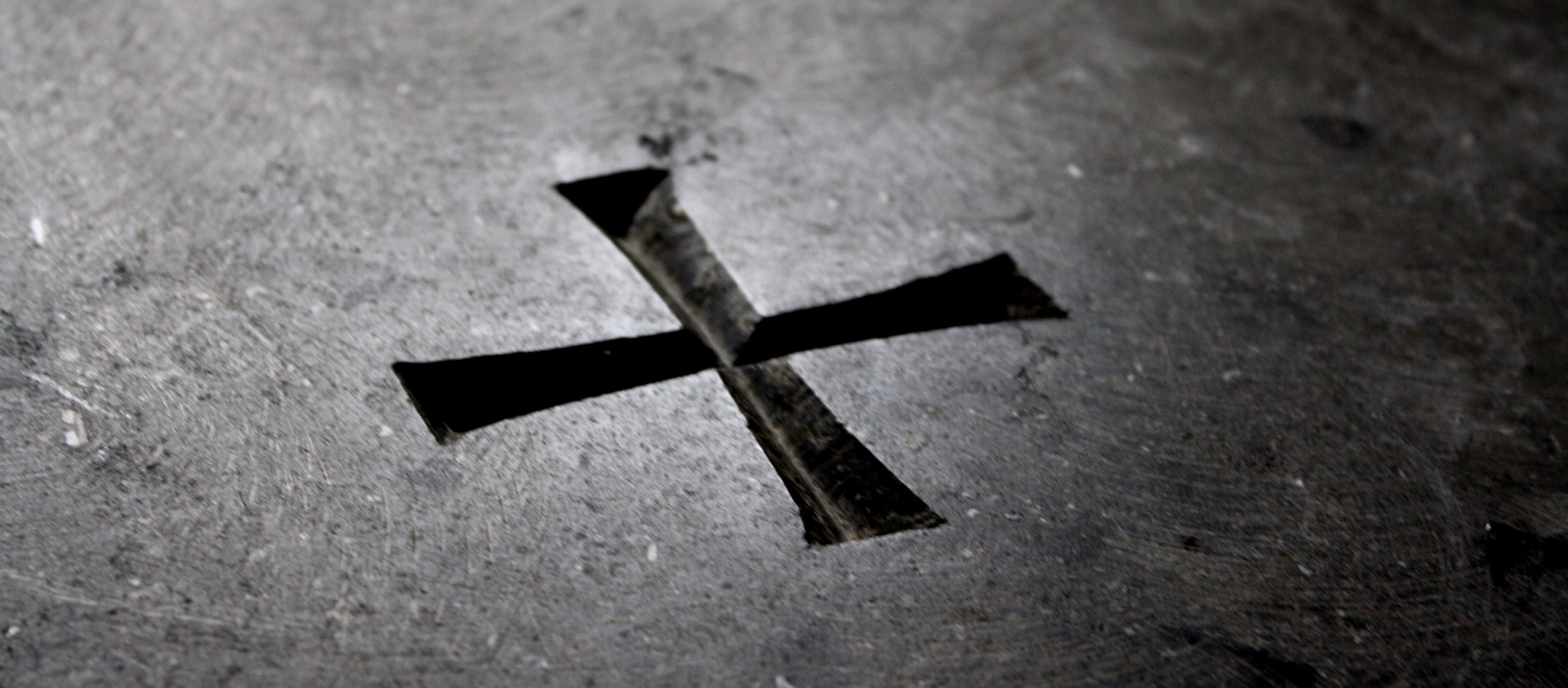Returning from the van der Laan Pilgrimage
/ I am currently in the O'Hare airport in Chicago, about the begin the last leg of travel to return home. It has been a beautiful trip and very fruitful in ways I had hoped for and in ways unexpected.
I am currently in the O'Hare airport in Chicago, about the begin the last leg of travel to return home. It has been a beautiful trip and very fruitful in ways I had hoped for and in ways unexpected.
Over the next few weeks I will have a number of posts containing descriptions of trip and the buildings visited and reflections on the topics raised at the Liturgy and Sacred Space conference attended.
Here are a few of the planned posts to give you an idea of what to expect. Some of them I have already sketched out, some are just ideas of topics to address in the future.
- What is the importance of the concept "locus iste" in Christianity? This question asked of google led someone to this site, and I was reflecting on it before the trip. During the conference and especially during the prayers for the Feast of the Dedication of Basilica of St John Lateran (which I was able to celebrate at the Abbey), my thoughts on this question were refined, so I will have a post on this very soon.
- The Antiphons, Readings, and Hymns for the Feast of the Dedication of a Church. This will be a companion to the above, an appendix really. These are beautiful and informative texts and better than anything I could write on the subject.
- Reflections in the Ordering of Life and Space in the Abbey at Vaals. I have begun the very difficult task of collecting my thoughts and responding to the experience of the abbey and will share them at length, along with my photos.
- On the New Baptismal Font at the Sistine Chapel. The artist behind this significant new work presented it in depth during the conference. It generated quite a bit of discussion, and more opposition that I would have expected, and is worth looking at in depth here.
- Is It Acceptable for a Church to be "Not For Everyone." This question was prompted by the discussion t the conference, especially as it relates to van der Laan specifically and particular cultural / intellectual expressions of architecture in general. This theme will be included in my reflections on the abbey, but deserves dedicated consideration as well.
- On the Proper Place of Invention in the Liturgy.
- On Sentimentality and Rationalism.
- On Obedience and Creative Genius.
And then there are the buildings. I have not yet decided how best to present those, but expect some Flickr sets soon at the very least.


